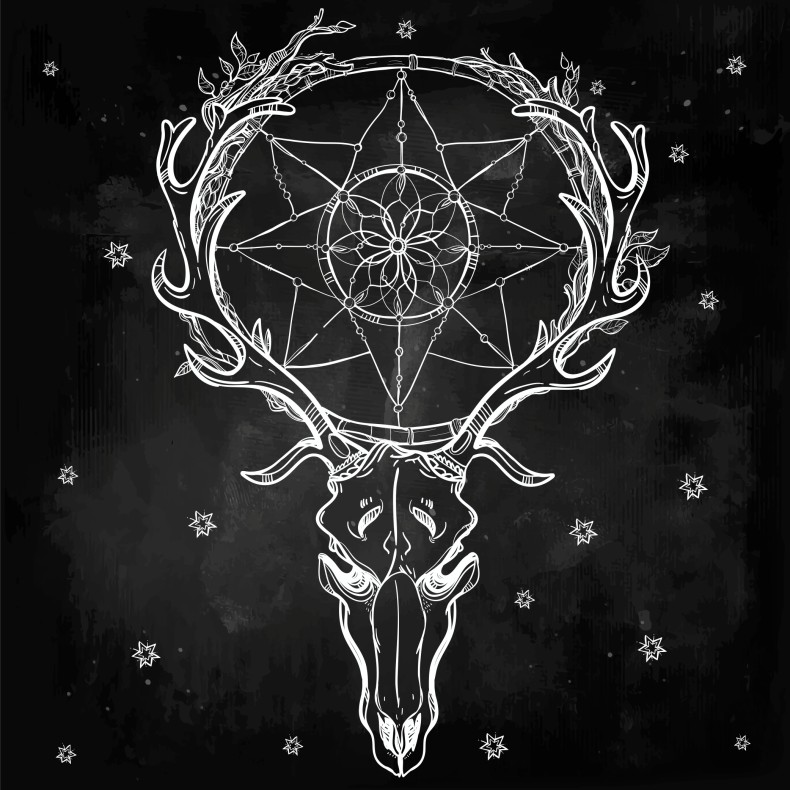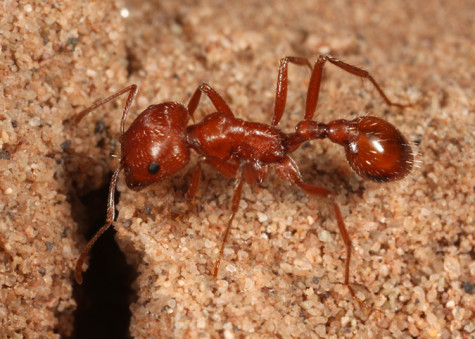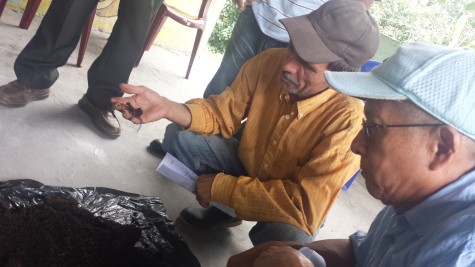Bowhunting season in Western Colorado opened yesterday, which means the rut is underway, the next season coming into view. By the time you see this, I will be sitting in the quiet of the woods with my 12 year old boy listening for bugling elk, their haunting, whale-like calls rising through dusk aspens and sea-green conifers.
Sex is happening out there, animals congregating and interacting at the beginning of their autumn mating ritual. It is the time of year that ungulates begin prancing, snorting and bugling. Soon males with their tongues hanging out will be boxing females into the trees. Antlers will be clattering (among deer it sounds like a fencing match between pool cues, while elk sound more like a battle with oaken staffs). As the rut winds up later in the fall, animals will begin their migration to lower country, impregnated and readying for winter.
One thing I should mention, my son and I will not be hunting while we’re out. Not with weapons at least. We are different kinds of hunters, paying attention to storms, sniffing the fresh animal tracks, and focusing beyond prey. I’d gladly take the meat, but we will be working with journals instead. Carrying backpacks off trail and moving our camp day by day, we won’t be under any auspices, no empirical research performed or recorded as we slip into draws and across mountain shoulders. We will be there out of personal curiosity, the way people flock to horseshoe crab spawnings or eclipses. We want to see a significant act of nature.
After a long and indolent summer, the forest will feel restless. This is when ungulate communication tightens up. Males whistle into the woods to hear if another male whistles back. The air will smell like rut, summer rains and late growth sending out raspberries and service berries while the first high mountain leaves begin to yellow. You can smell this first color. The party is just beginning. Continue reading







